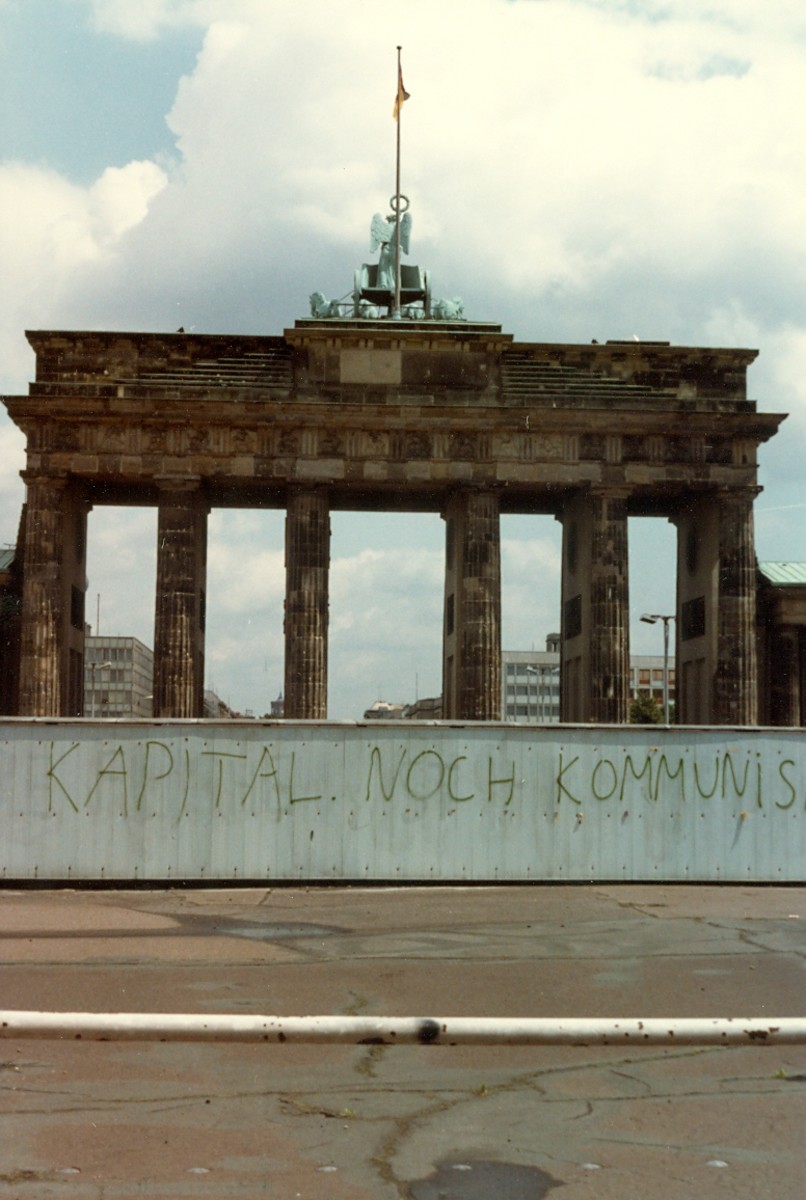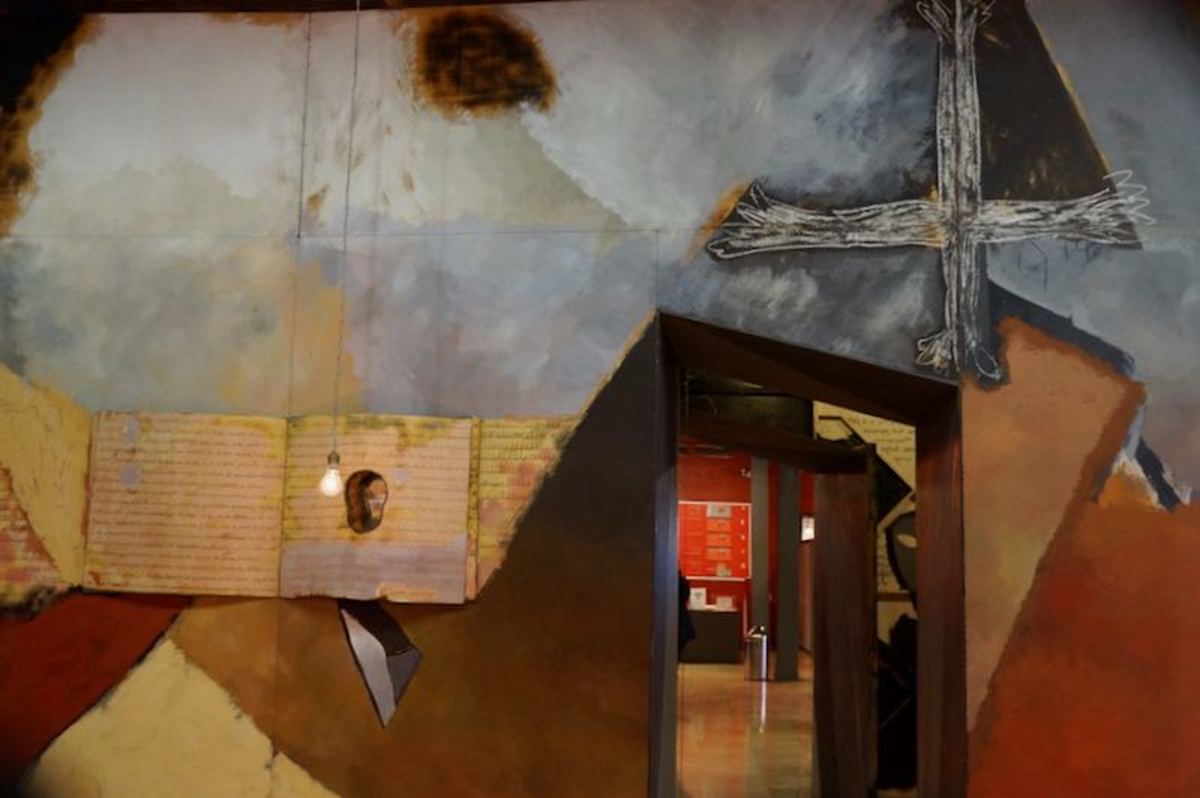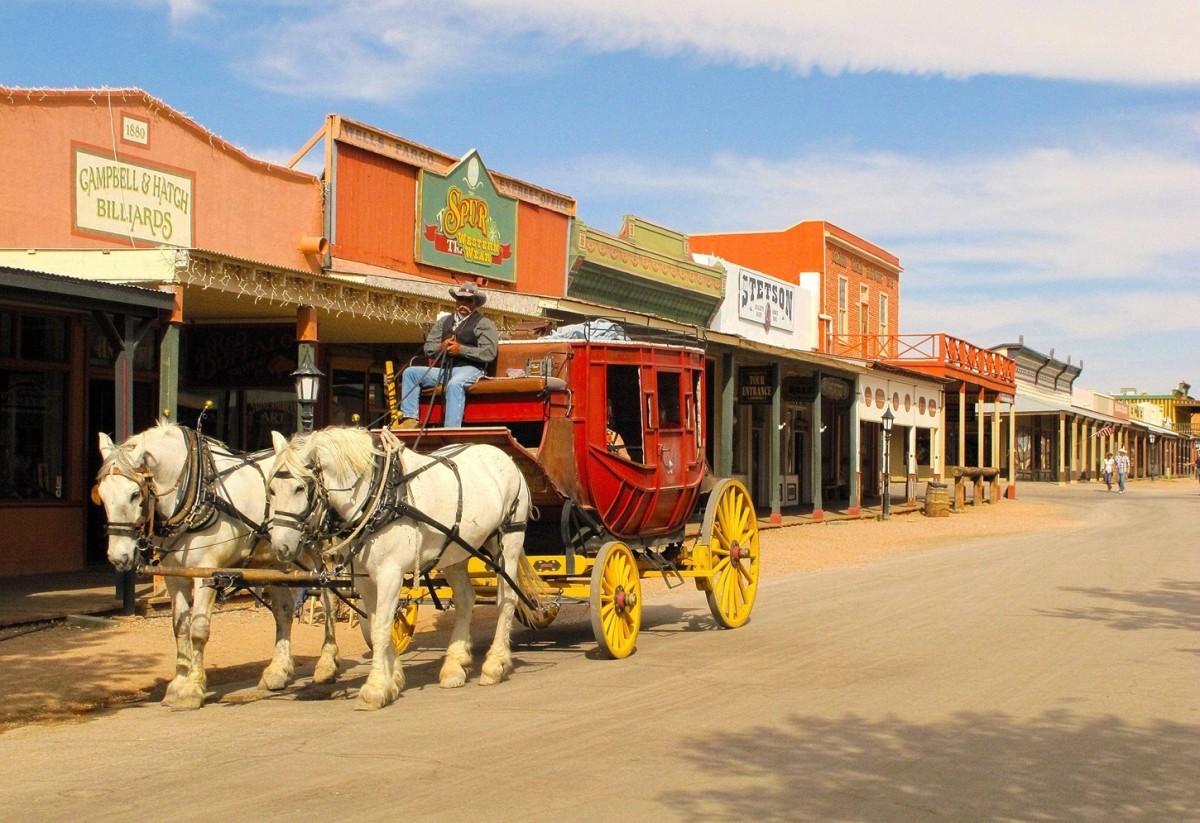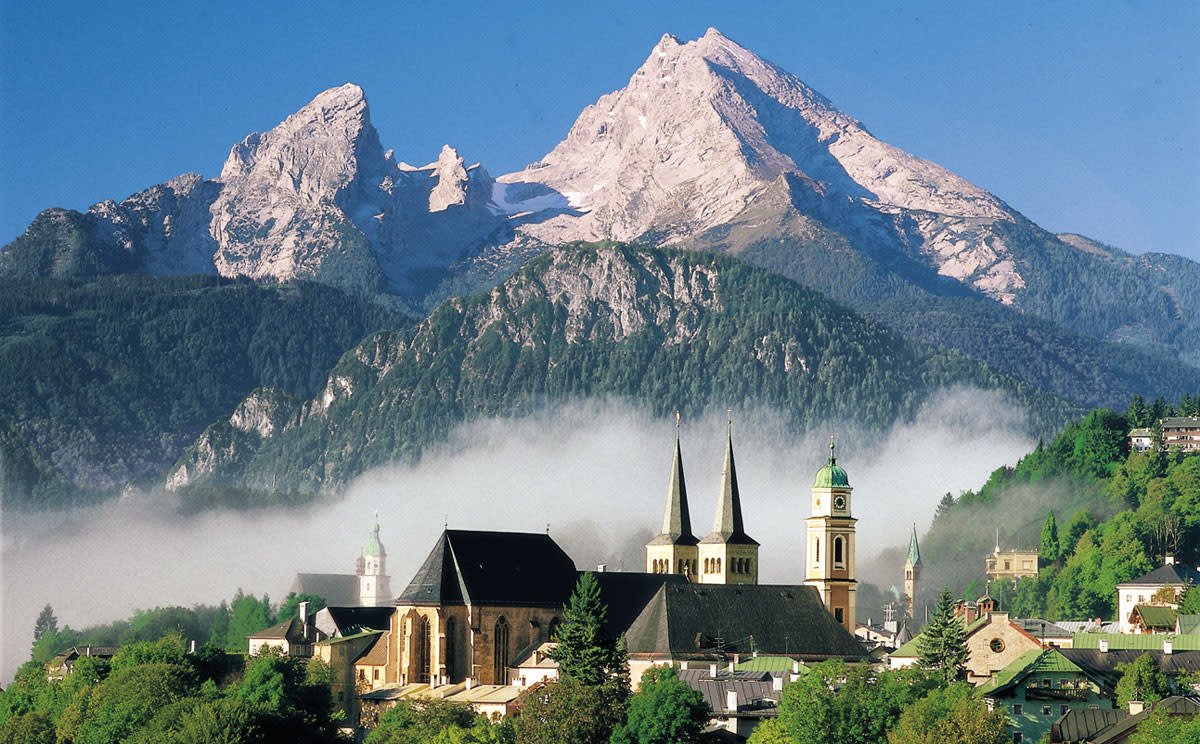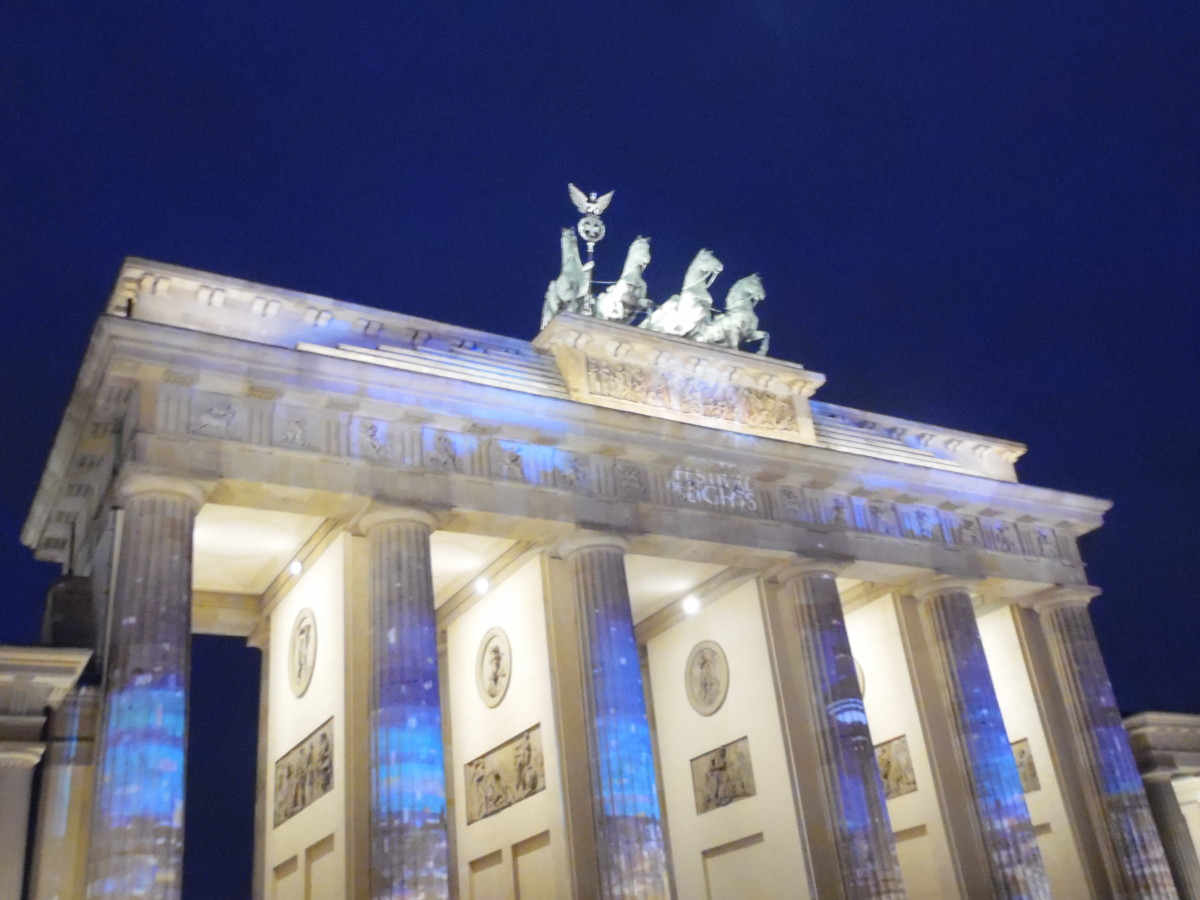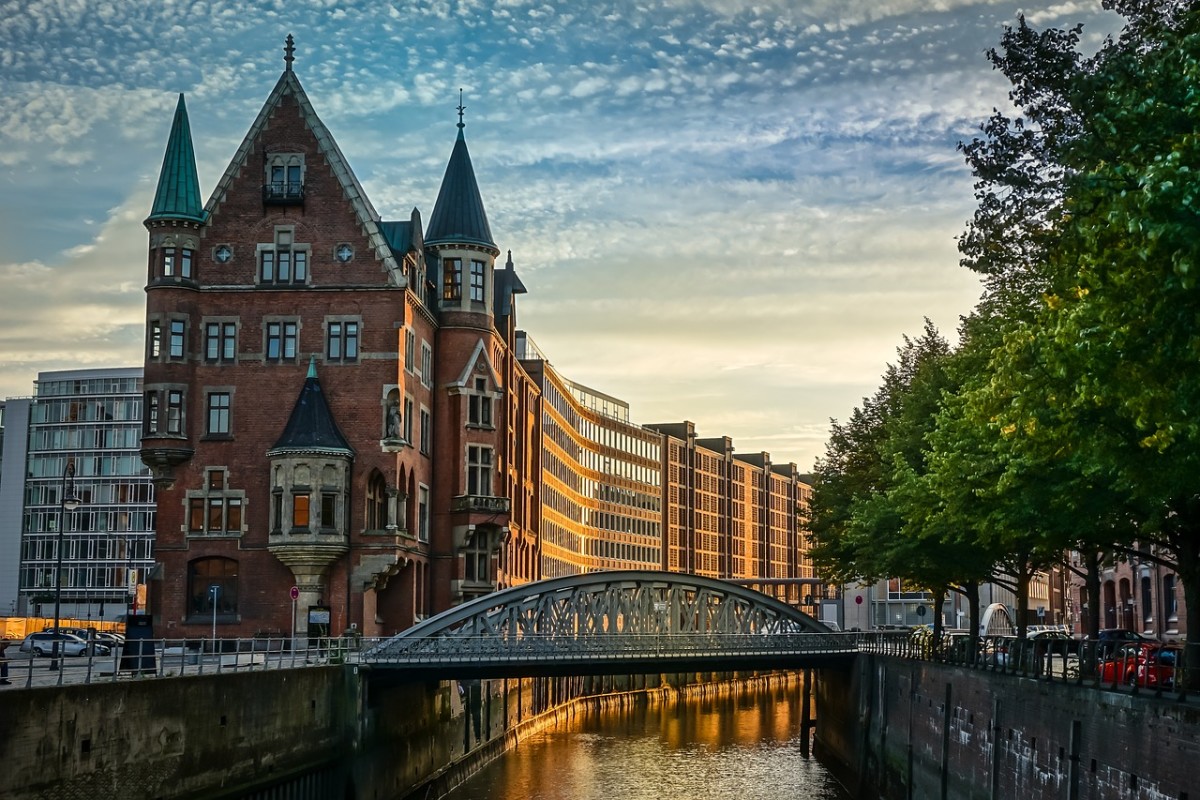Berlin, Germany - Big, Bold, Brash and Monumental
I only had two days in Berlin and so this is merely a snapshot of a rushed 2-day tour. Berlin is big (population over 3.5 million) and has many grand monumental buildings - huge imposing structures surrounded by bland open spaces. This creates a rather unfriendly atmosphere, which is not warm and welcoming, though the people are friendly.
Many of the art galleries are huge with each display rooms the size of a small house, with perhaps 1 or 2 objects in them. Once again this affects your feelings as you examine the works.
The tourist ferries are gigantic and there are huge parks, squares and roads. Berlin is big, very big in so many ways.
The focus of my trip was on art, design, science and attempts to get to know the real residents away from the tourist centers








Big Buildings, Shopping and Community
I came across a grassy area packed with deck chairs and people enjoying a drink and snacks in the sunshine. The area was called - 'Capital Beach'. The only view was the gigantic railway station. There was a parade of tour boats passing by, begging for a wave or two. I joined in and it was nice on the beacxh. I also joined in a group of people drinking lots of beer in a huge tent enjoying Bavarian food and music. I had a wurst meal with Bavarian potato salad and sour colesaw. The waiter wore leather shorts. The music group consisted of a drummer, base guitarist and a keyboard player, who sounded like he was playing a piano accordion. The tent had seating for about 1000 people at wooden tables with benches.
I stubbled upon legoland and the original Imax theatre. The space was covered by a gigantic structure up about 3 stories from the ground. The only seating in the covered square was on the edge of the ornamental pool. This space was cold and daunting in my opinion. But I guess this is the way people like it - monumental.
Big Boat, Beaches and Relaxing in Berlin
Click thumbnail to view full-size






















Related Travel Articles
Dresden, Germany - Parks, Art, Museums, Open Space, Public Transport
Hamburg, Germany - Snapshot and Highlights of a Three Day Visit
Bareboat Yacht Charter - Whitsunday Islands, Australia, in a Perry 43 Catamaran
Nuremburg, Germany - Castles, Churches, Museums, Market Stalls
Copenhagen, Denmark - Nice City, Good Tourist Buses, Friendly Community
Barcelona, Spain - What a Pleasant Surprise
Visiting Amsterdam, Netherlands - Canals, Bikes and Fabulous Museums
Tour buses - Getting Around
There were about 10 bus operators competing for the tourists in Berlin . They appeared to cover basically the same area. One of the problems in a big city is the time it takes to plough through the traffic. The tour I chose had three routes, two of which took 90 minutes and the third 2 hours. They start at 0930 and the last bus tour is at 1630 or 1700. If you take an hour at a stop. This effectively means a limit of about 2 stops per day. I tend to do the tour on the first day. Then do the homework to work out how to plan to visit the places I am interested in. Crowds at popular sites mean you have to arrive at 0930 which means getting a taxi ir going by public transport. Generally a mix of tour bus, taxis which are expensive and walking is needed to visit as many places as possible. Otherwise you spend too much time on the bus. The commentary is good most of the time. Multiple tours are good, but it can take a long time to make the links between routes.
Rural country side around Germany. I have been surprising how similar the landscapes are to those in Australia. The houses are different but there is a lot of dairy, hay and pasture crops . I was surprised how much corn (maize) is grown in Germany, France and Italy. What do they do with all the stuff? Germany had the highest density of wind power towers in rural areas and huge solar farms as well. Grapes were rare around Berlin and Hamburg, but more common in the hills to the south. Olives non-existent in the parts of Germany I visited.
Monumental Buildlngs and Spaces
Click thumbnail to view full-size




















Art Nouveau, Picasso, Science and Other Museums
Berggruen Museum
The collection was started by Heinz Berggruen who donated most of his collection to Berlin, It includes masterpieces by Matisse, Klee, Braque, and Giacometti. It also includes more than 100 works by Picasso that span his entire creare period. It inlcudes some of his early student sketches and some painted just before his death in April 1973.
The Bröhan Museum
The collection at the The Bröhan Museum, directly opposite the Berggruen Museum, was also derived from donations by Karl H. Bröhan in 1981. It is a museum of art and design, focused mostly on Art Nouveau, functionalism and some Art Deco. The collection is well presented in room and includes furniture and entire room settings. There were also ceramics, figurines and posters.
New National Gallery
The New National Gallery is an imposing monumental structure that featured exhibitions of ultra-modern art of various types. The current exhibitions were 'not my cup of tea'. Huge display rooms and structures.
I briefly visited several other museums and galleries, but was not captured by their collections.
Art Nouveau at the Brohan Museum, Berlin - All Original Photos - janderson99
Click thumbnail to view full-size























































Picasso and other Art in the Berggruen Museum, Berlin
Click thumbnail to view full-size






































































© 2014 Dr. John Anderson













































































































































































